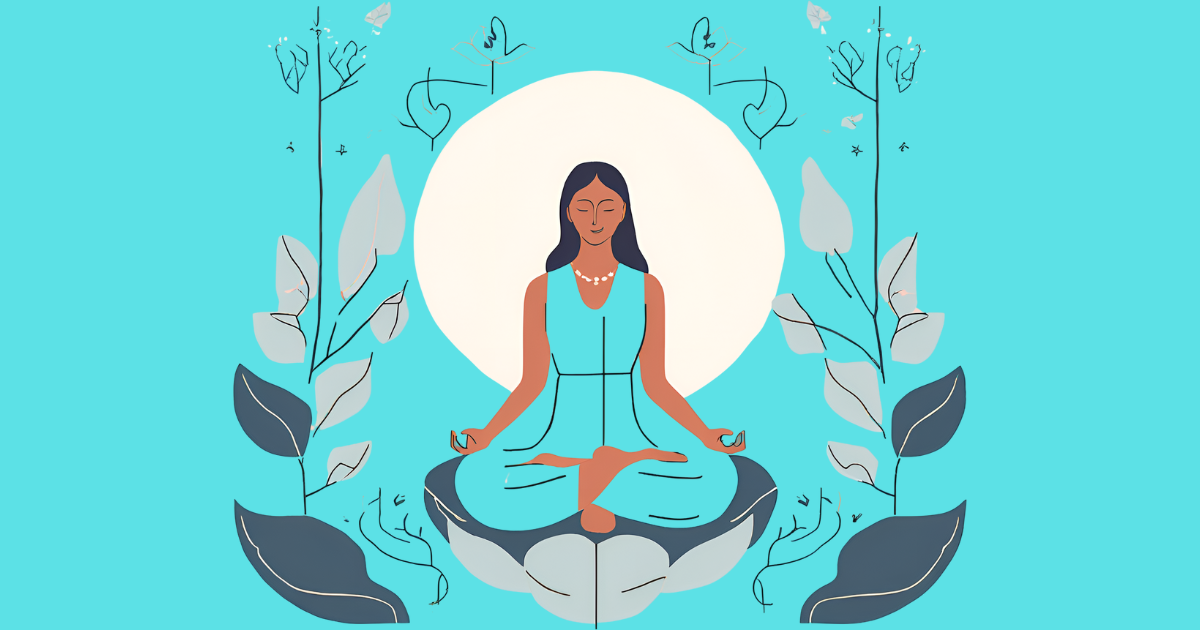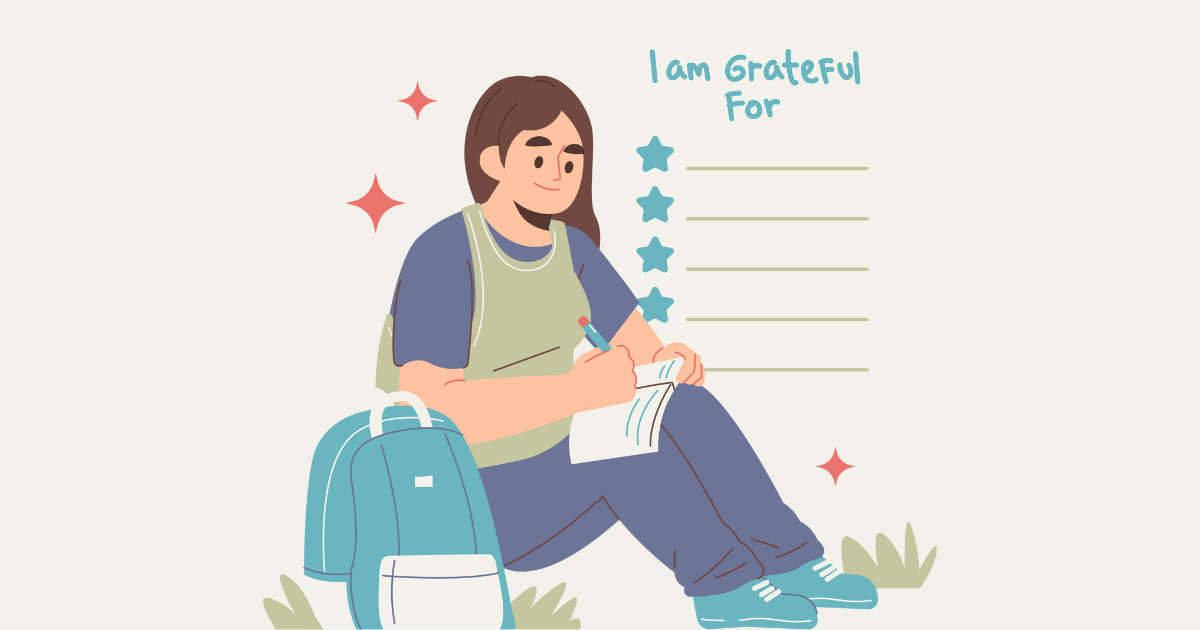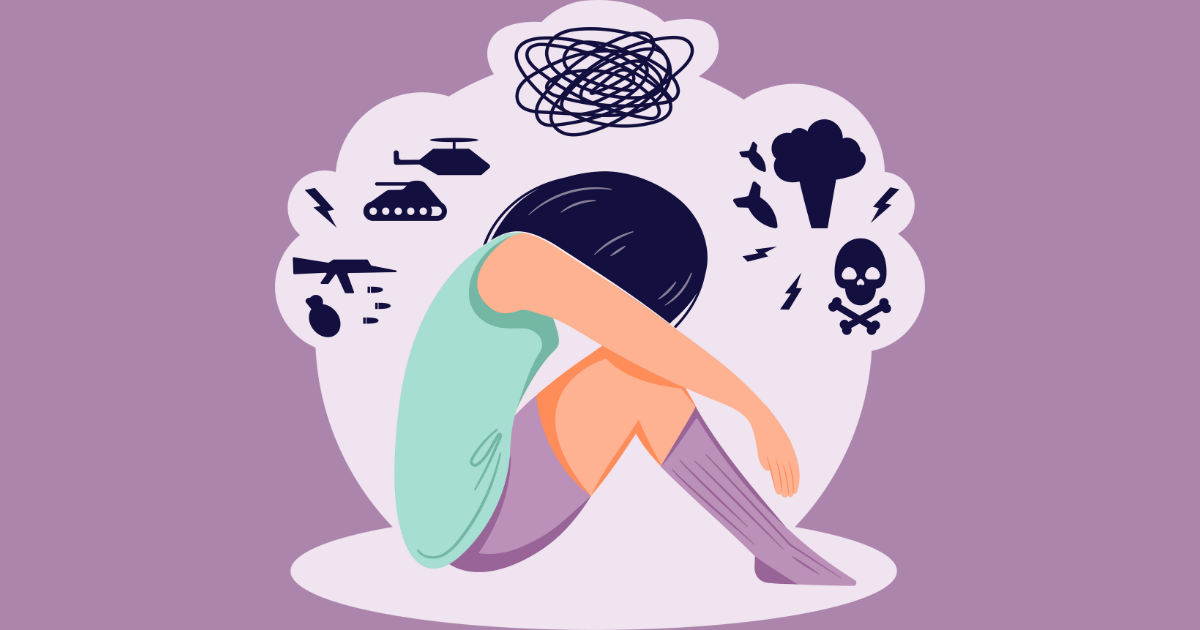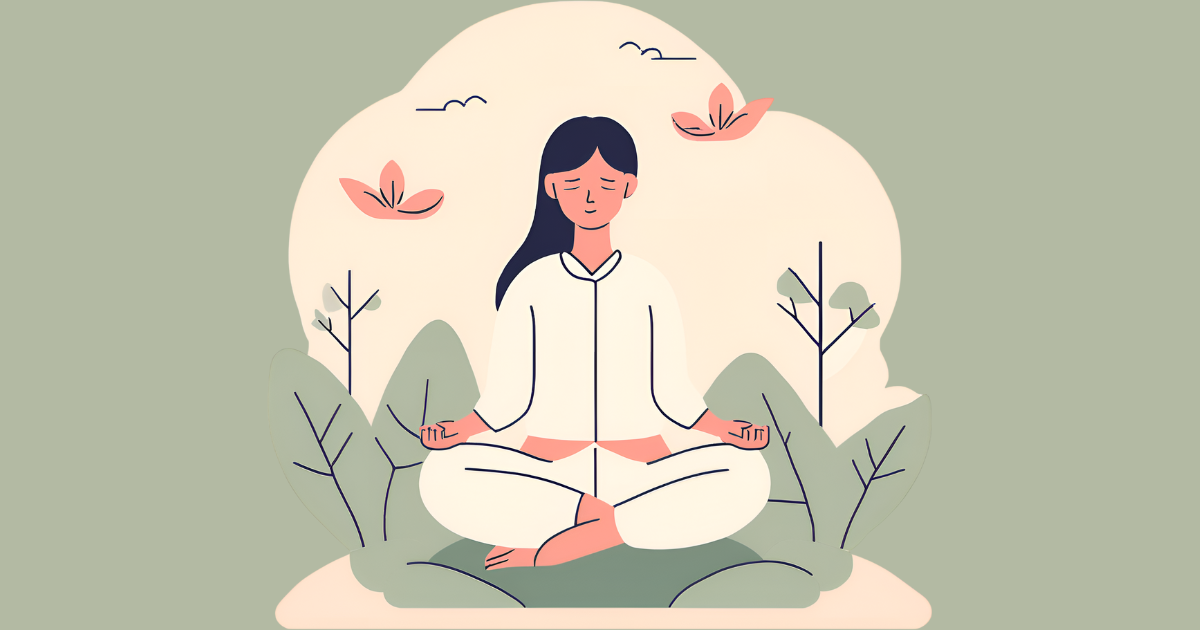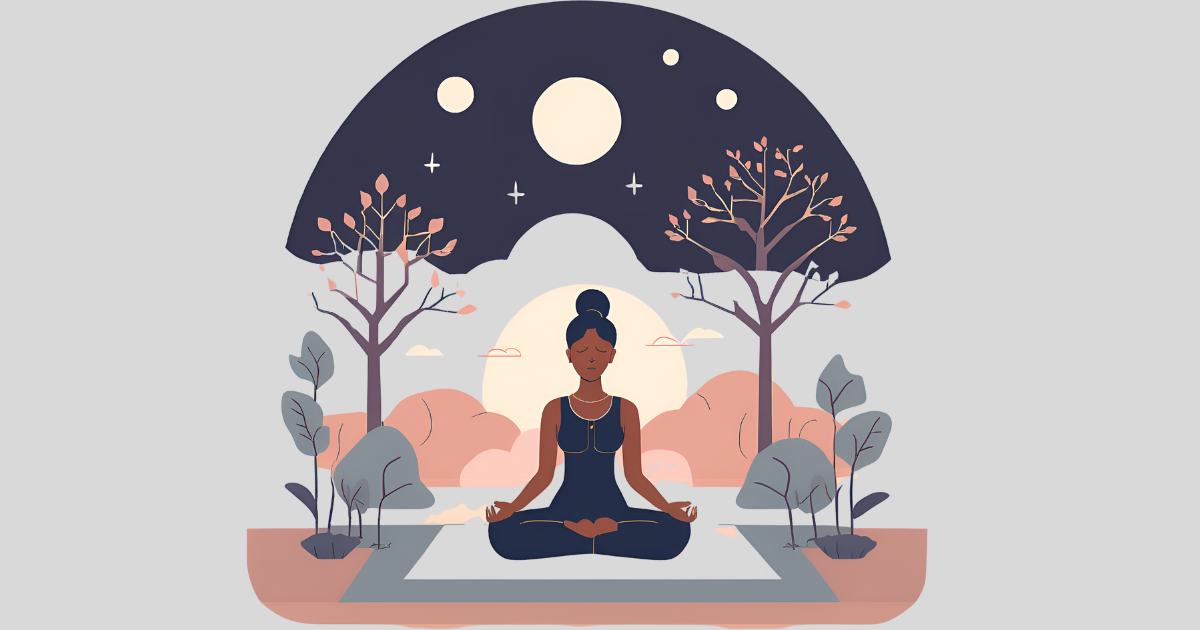Mindful Meditation for Anxiety
Mindful meditation is a widely recognized practice for managing anxiety. Rooted in ancient traditions, this technique involves focusing on the present moment and observing thoughts and feelings without judgment. The goal is to cultivate awareness and a sense of calm, which can significantly reduce anxiety over time.
Anxiety often arises from worries about the future or regrets about the past. Mindful meditation shifts the focus to the present, helping individuals break the cycle of anxious thoughts. By concentrating on breathing, bodily sensations, or simple awareness, one can create a mental space that lessens the grip of anxiety. Research has shown that regular practice of mindful meditation can lower stress hormone levels, improve emotional regulation, and enhance overall mental health.
To begin mindful meditation for anxiety, find a quiet spot and sit comfortably. Close your eyes and start by taking deep, slow breaths. Focus on the sensation of breathing, noticing how your body moves with each inhale and exhale. If anxious thoughts surface, acknowledge them without judgment and gently return your focus to your breath. This simple practice, when done regularly, can become a powerful tool in managing anxiety, promoting a more balanced and peaceful state of mind.
Table of Contents
How Mindfulness Helps Anxiety
Mindfulness, the practice of staying present and fully engaging with the moment, can be a powerful tool in managing anxiety. By focusing on the here and now, mindfulness helps break the cycle of overthinking that often fuels anxiety. When we worry about the future or dwell on past events, our minds become overwhelmed, leading to increased stress and anxiety. Mindfulness redirects our attention away from these unproductive thoughts and grounds us in our immediate experience.
Practicing mindfulness encourages a non-judgmental awareness of our thoughts and feelings. This approach helps us observe anxious thoughts without getting caught up in them or letting them dictate our actions. Over time, this can lead to a more balanced perspective and reduce the intensity of anxiety. Techniques such as deep breathing, body scans, and mindful meditation can lower stress levels by activating the body’s relaxation response. This physiological shift helps counteract the fight-or-flight response often triggered by anxiety.
By integrating mindfulness into daily routines, individuals can develop resilience against anxiety, fostering a sense of calm and clarity even in challenging situations. Embracing mindfulness can transform our relationship with anxiety, leading to a more peaceful and centered existence.
The Science of Mindful Meditation for Anxiety
- What It Is: Mindful meditation means paying attention to the present moment and accepting your thoughts without judgment.
- Brain Benefits: It helps calm the part of your brain that deals with fear (amygdala) and boosts the part that helps with emotional balance (prefrontal cortex).
- Stress Buster: It can lower levels of cortisol, the stress hormone, making you feel more relaxed.
- Thought Management: By focusing on the here and now, it helps you deal with anxious thoughts more effectively.
- Long-Term Gains: Regular practice can make you more resilient to stress and improve your overall mental health.
Guided Meditation for Anxiety
- What It Is: Guided meditation involves following along with someone who leads you through calming exercises and instructions.
- Easy Start: It’s great for beginners because the guide helps you stay focused and relaxed.
- How It Works: You’ll hear soothing words, visualizations, and relaxation tips to help manage anxiety.
- Stress Relief: It helps you unwind and find mental clarity, reducing your anxiety.
- Consistency Counts: Regular sessions can build emotional strength and lower your anxiety over time.
Breathing Exercise for Anxiety
- Purpose: Breathing exercises help calm your nervous system and reduce anxiety by focusing on your breath.
- Simple Technique: Try the 4-7-8 method: breathe in for 4 seconds, hold for 7, and exhale for 8.
- Instant Calm: This method slows your heart rate and helps you feel more relaxed.
- Regular Practice: Doing this often can make you more emotionally stable and better at handling stress.
- Easy Integration: It’s a quick and easy technique to fit into your daily routine for both immediate and lasting relief.
Managing Anxiety Through Meditation
- What It Does: Meditation helps you relax and be more aware of your thoughts and feelings.
- How It Helps: It reduces stress hormones and promotes a calm state of mind.
- Thought Awareness: By observing your thoughts without reacting, you can manage anxiety more effectively.
- Proven Benefits: Studies show that regular meditation can lower anxiety and improve emotional control.
- Building Resilience: Meditating regularly can help you stay calm and balanced, making it easier to handle stress in the long run.
7 Effective Techniques of Mindful Meditation for Anxiety Relief
Mindful meditation offers a natural and effective way to manage and reduce anxiety. Here, we’ll explore seven powerful techniques of mindful meditation to help you find calm and balance in your daily life.
1. Focused Breathing
Focused breathing is a simple yet powerful technique to center your mind and reduce anxiety. Start by finding a quiet place to sit comfortably. Close your eyes and take slow, deep breaths, inhaling through your nose and exhaling through your mouth. Pay attention to the sensation of the air entering and leaving your body. This practice helps shift your focus away from anxious thoughts and brings you back to the present moment.

2. Body Scan Meditation
Body scan meditation involves lying down or sitting comfortably and focusing on different parts of your body, from head to toe. As you scan each area, notice any tension or discomfort, and breathe into those sensations, allowing them to release. This technique promotes relaxation and helps you become more aware of your physical and emotional state, reducing anxiety.

3. Loving-Kindness Meditation
Loving-kindness meditation is about cultivating feelings of compassion and love towards yourself and others. Sit comfortably, close your eyes, and silently repeat phrases like “May I be happy, may I be healthy, may I be at peace.” Gradually extend these wishes to others, including friends, family, and even those you may have conflicts with. This practice helps reduce anxiety by fostering positive emotions and a sense of connection.

4. Guided Imagery
Guided imagery involves visualizing calming and peaceful scenes to reduce anxiety. Close your eyes and imagine yourself in a serene place, such as a beach, forest, or mountain. Engage all your senses in the visualization—hear the sounds, feel the textures, and notice the colors. This technique helps distract your mind from anxious thoughts and creates a sense of tranquility.

5. Walking Meditation
Walking meditation combines movement with mindfulness. Choose a quiet place to walk slowly and focus on the sensation of each step. Notice how your feet make contact with the ground, the movement of your legs, and your breath. This practice grounds you in the present moment and helps release physical tension, making it an effective method for reducing anxiety.

6. Mindful Listening
Mindful listening involves paying full attention to the sounds around you without judgment. Find a quiet spot, close your eyes, and listen to the ambient sounds. Whether it’s birds chirping, wind rustling through leaves, or distant traffic, focus on the details of each sound. This practice helps you stay present and can distract you from anxious thoughts, providing a sense of calm.

7. Gratitude Meditation
Gratitude meditation is about focusing on the things you’re thankful for. Sit quietly, close your eyes, and think of three things you’re grateful for. Visualize each one and feel the gratitude in your heart. This practice shifts your focus from anxiety to positive aspects of your life, promoting a more positive mindset and reducing stress.

Conclusion
Mindful meditation offers a variety of techniques to help manage and reduce anxiety. By incorporating practices like focused breathing, body scan meditation, loving-kindness meditation, guided imagery, walking meditation, mindful listening, and gratitude meditation into your daily routine, you can cultivate a sense of calm and balance. Remember, consistency is key, so make time for these practices regularly to experience their full benefits. Start your journey towards a calmer, anxiety-free life with mindful meditation today.
FAQ
Q: What is meditation for anxiety?
A: Meditation for anxiety involves using mindfulness and relaxation techniques to help manage and reduce symptoms of anxiety. It focuses on calming the mind, reducing stress, and promoting emotional well-being through practices like focused breathing, body scans, and guided imagery.
Q: How does meditation help with anxiety?
A: Meditation helps with anxiety by training the mind to stay present, reducing overthinking, and increasing self-awareness. It activates the relaxation response, which lowers stress hormones and promotes a sense of calm. Regular practice can help reframe negative thought patterns and improve overall emotional resilience.
Q: How often should I practice meditation for anxiety?
A: For best results, aim to practice meditation daily. Even short sessions of 5-10 minutes can be beneficial. Consistency is key in building a meditation habit that helps manage anxiety effectively.
Q: What type of meditation is best for anxiety?
A: Techniques such as focused breathing, body scan meditation, loving-kindness meditation, and guided imagery are particularly effective for managing anxiety. Each technique offers different benefits, so you might want to explore and find which works best for you.
Q: Can meditation completely eliminate anxiety?
A: While meditation can significantly reduce anxiety and improve emotional well-being, it may not completely eliminate it. It is best used as part of a comprehensive approach to managing anxiety, which may also include therapy, lifestyle changes, and, if necessary, medication.
Q: Do I need any special equipment for meditation?
A: No special equipment is required for meditation. A quiet space where you can sit comfortably is sufficient. Some people choose to use meditation cushions, mats, or apps with guided sessions, but these are optional.
Q: How long does it take to see results from meditation for anxiety?
A: Results can vary from person to person. Some individuals may notice a reduction in anxiety within a few weeks, while others may take longer. Regular practice is essential to experiencing the full benefits.
Q: Can meditation be used alongside other treatments for anxiety?
A: Yes, meditation can be used alongside other treatments for anxiety, such as therapy or medication. It can complement these treatments by providing additional tools for managing stress and promoting mental well-being.
Q: What if I find it difficult to meditate?
A: It’s common to find meditation challenging at first. If you struggle, start with shorter sessions and gradually increase the time. Using guided meditation apps or attending classes can provide additional support and structure as you develop your practice.
Discover more from Positive Treasure
Subscribe to get the latest posts sent to your email.
